Livelihoods of millions are at stake as COVID-19 wreaks havoc and advances into rural India. Meantime, WOTR is undertaking watershed development in a remote tribal village in Odisha, providing livelihood opportunities for 56 vulnerable households.
By Anshuman Panda

Kinteda is a small tribal hamlet in the Kulusing gram panchayat of Gunupur block in Rayagada district, Odisha. The last seven kilometres to the village is a ghat road meandering along a hillock which is inaccessible during the monsoon. The village is at a height of 396 m above the sea level. There are 56 vulnerable tribal households here. The average agricultural land holding of each household is a meagre 0.4 hectare. The main source of income is daily wage labour.
Due to COVID-19 lockdowns and social distancing norms, the villagers were deprived of work for almost two months. Even after the easing of the lockdown, Kinteda villagers were unable to find employment. If at all they managed to find work, they were paid far too less than usual.
In these uncertain times, WOTR has been working to generate employment through watershed development — work on check dams, farm ponds, stone bunds, dug-wells, etc, so that rural life goes on as normal as it was pre-COVID-19.


As the government gave the go ahead for agricultural activities, WOTR initiated work on diversion-based irrigation. A site was already surveyed at the nearby village of Bungsenda. During the excavation of the trench to lay the pipeline, there was a requirement of 60 labourers. With the help of the villagers of Kinteda, the trench was completed within five days.
However, after the completion of the trench, once again, Kinteda villagers were left with no work. Thereafter, a Village Development Committee meeting was held along with the ward member of the village and WOTR staff.
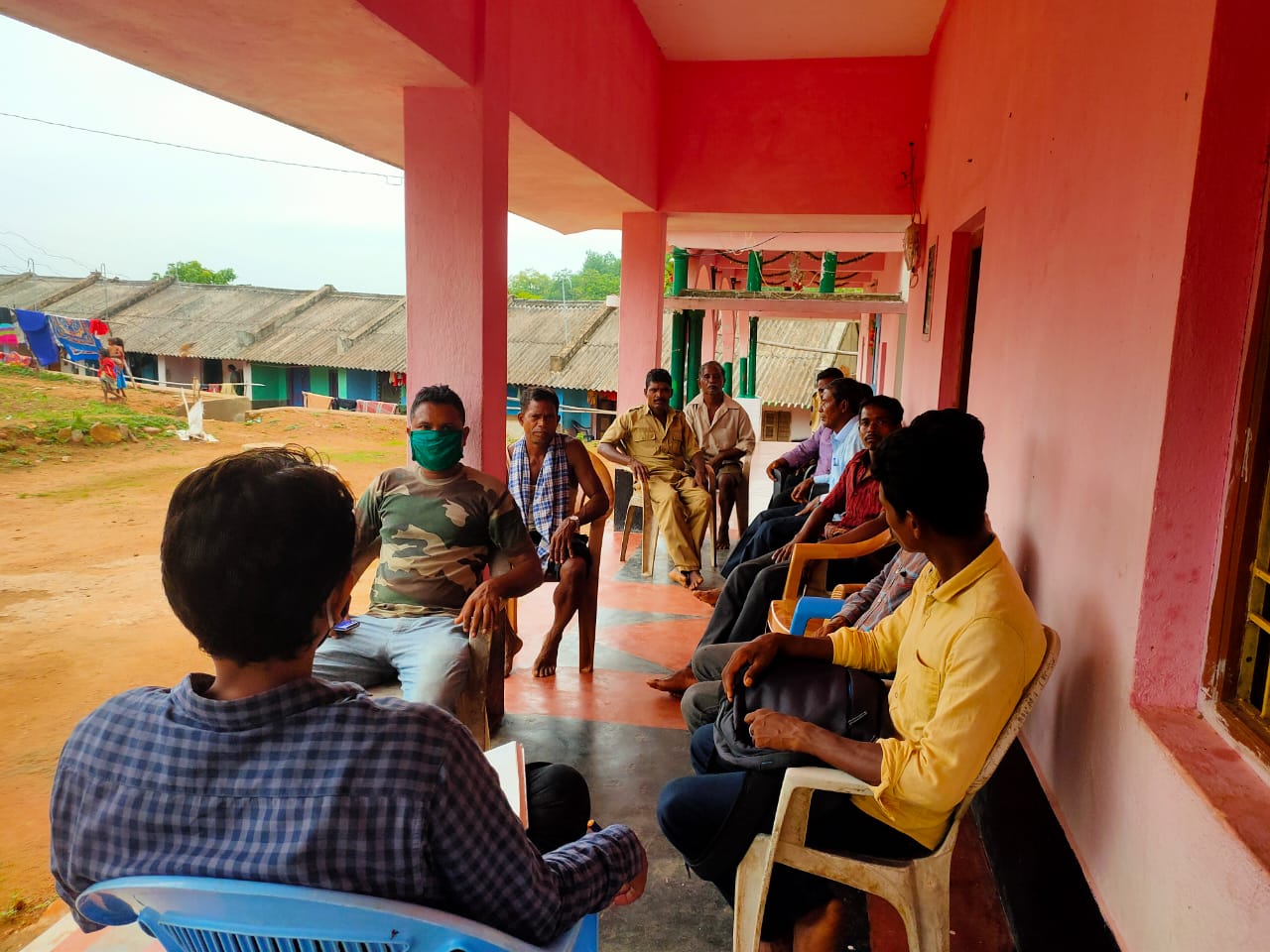
During the meeting, the villagers shared their concerns about employment. According to them, since local buses and other modes of communication to Gunupur had come to a halt, they were unable to go beyond the village for labour. They inquired about labour opportunities, and requested to provide them jobs for sustenance, which would benefit them at this crucial juncture. They also made an assurance that one member from each household will come to work and the wages shall be equally distributed among each household in Kinteda.
Following the meeting, WOTR Gunupur staff along with the Wasundhara Sevak and VDC members surveyed sites and drafted a net plan for two patches of land where the surface runoff velocity was too high. A total of nine Continuous Contour Trenches (CCTs) were planned. During flash floods, the eroded soil from the hill gets deposited in the agricultural land downhill, resulting in massive crop loss.
The other patch was a slope, a terrace field, where arhar was grown. The bunds here were washed away during the last monsoon. Gullies had formed due to high velocity surface runoff. It was decided to construct stone bunds and Loose Boulder Structures (LBS) in the gullies which will act as outlets for the runoff to pass through without affecting the soil.
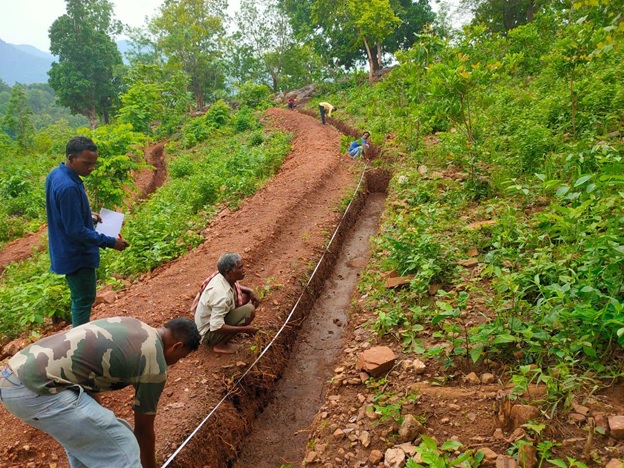
After receiving the necessary approvals, the work was initiated with a brief training by WOTR’s technical team. The work was executed keeping in mind the core mantra of watershed management — ridge-to-valley approach and treatment along contours. This was a new experience for Kinteda villagers as they familiarised with the process of demarcation of contours. LBS and stone bunds were constructed, maintaining proper shape and size, using a cross-sectional frame put together using locally sourced materials.
The ridge-to-valley approach was initiated to decentralise soil and water conservation. This reduces runoff velocity while increasing the stability of the structures downstream. The treatment slows down the concentration of fast-flowing water.
WOTR’s Wasundhara Sevak Paulo Sabar played a key role here as he was well-trained in an exposure visit that he attended in Ahmednagar, Maharashtra. He had already executed a similar project in Kadasi and prepared the layout for the structure.
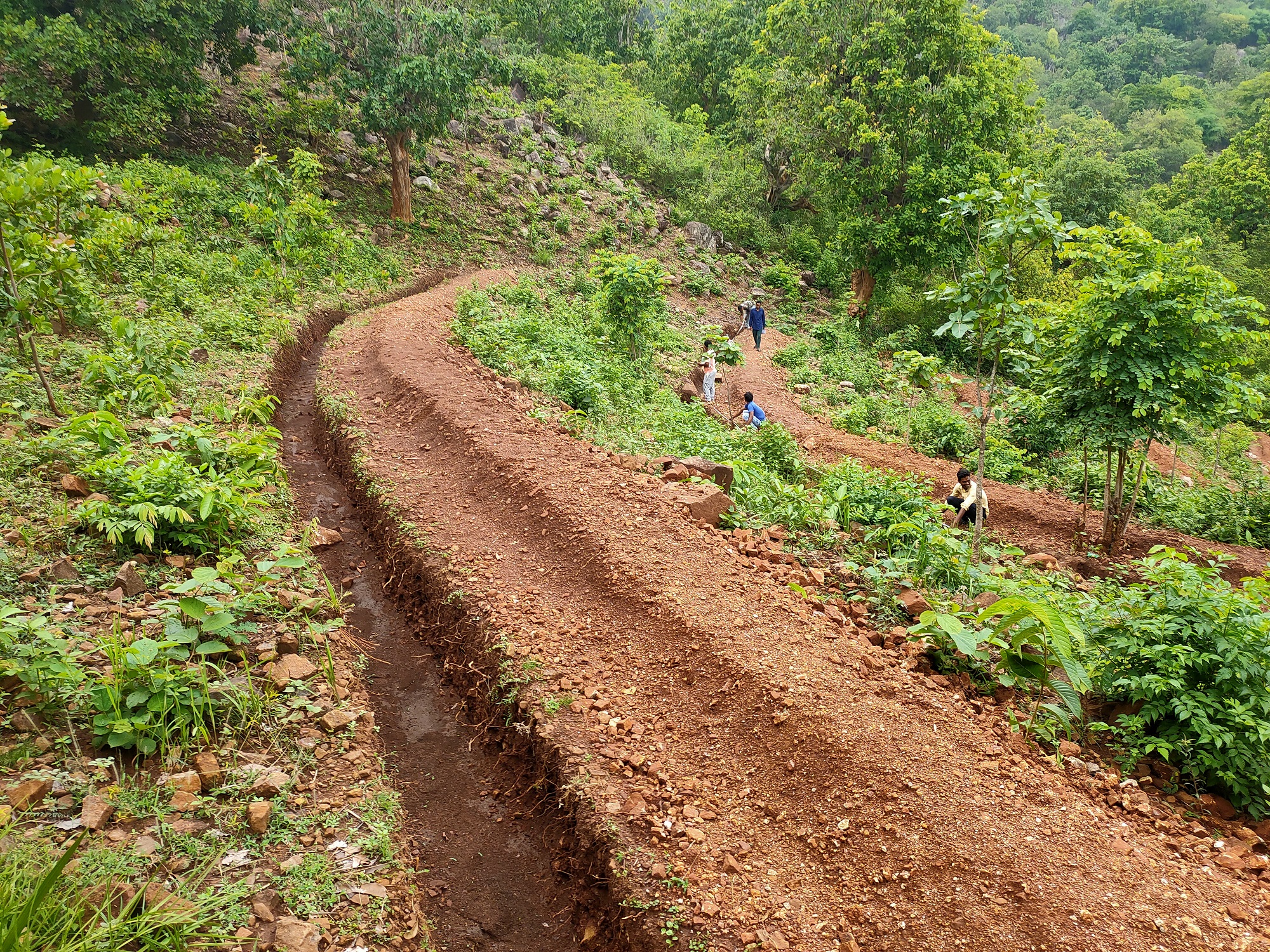
“Our village is situated in a remote location. No one bothers to enquire about us. However, WOTR staff immediately called a meeting and provided us with work after understanding our situation in these uncertain times. We have never executed any work with so much technical precision – like measuring contours and so on. Overall, it was a good experience for us,” said the ward member from Kinteda.
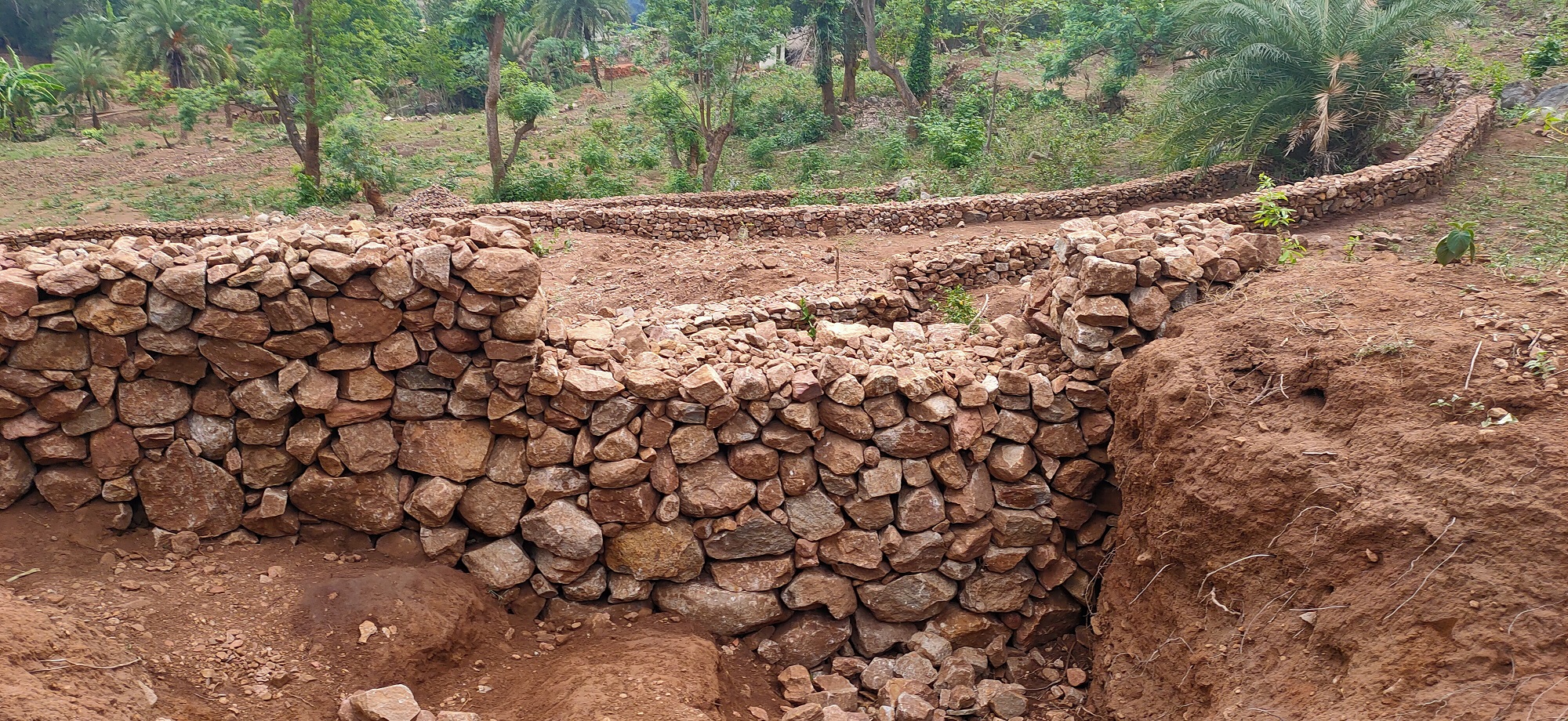

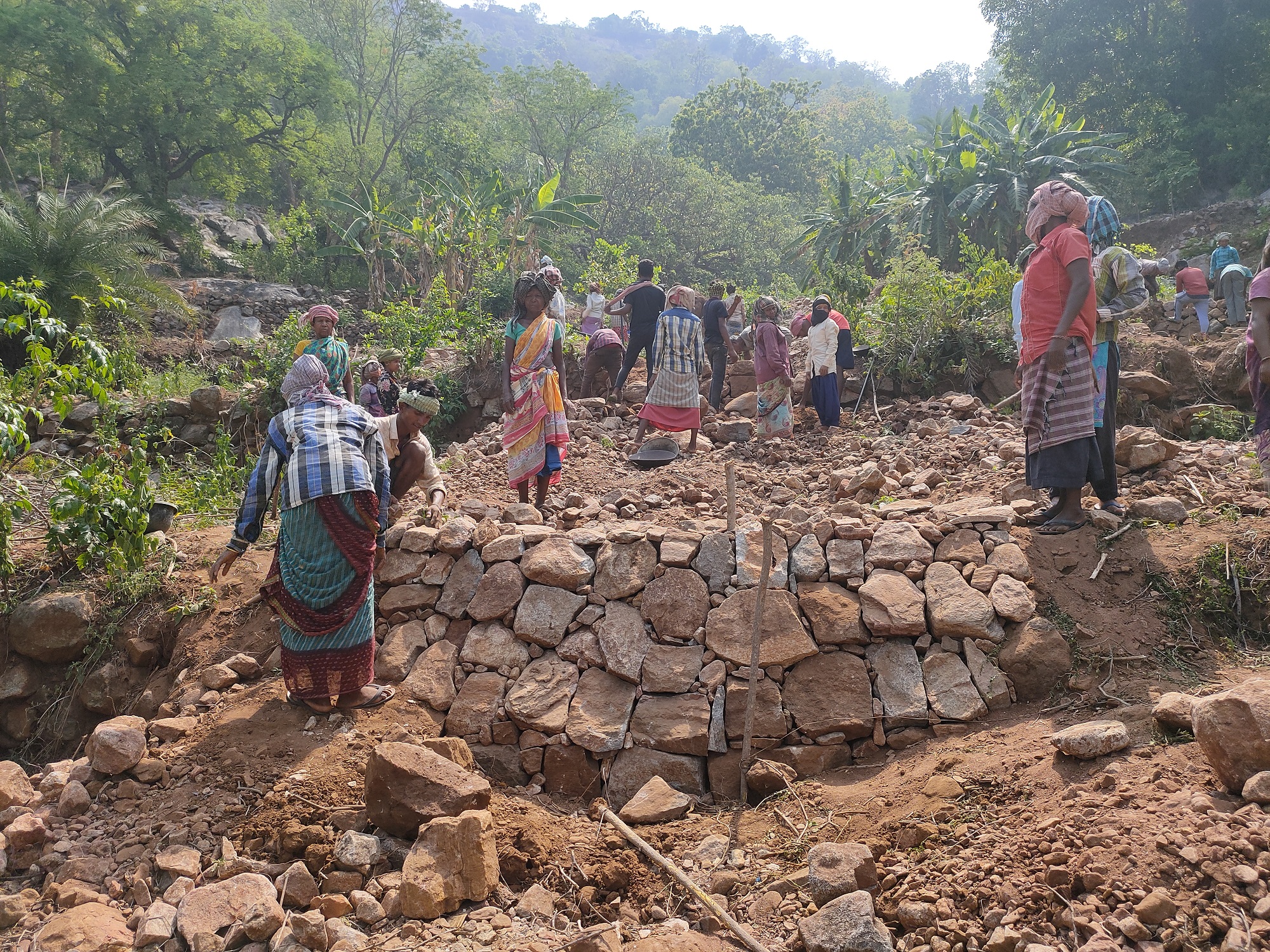
The work provided employment to 56 households of the remotely-located Kinteda village. It will now help conserve 1,345 cubic metre of runoff water. The water will be caught in the CCTs. The paddy field downstream will have sufficient water through percolation. This would be beneficial in the long term subject to maintenance of the CCTs.
Along the bunds constructed from the earth removed for the CCT, 78 lemon trees will be planted. As the trees grow they will hold the bunds together, eventually transforming the patch, which was earlier erosion-prone, gradually transforming itself into a lemon orchard.
Besides, Contour Line Treatment will ensure the harvested water in the treated area is at a uniform level leading to even soil moisture. It also helps in prevention of breakage and land levelling.
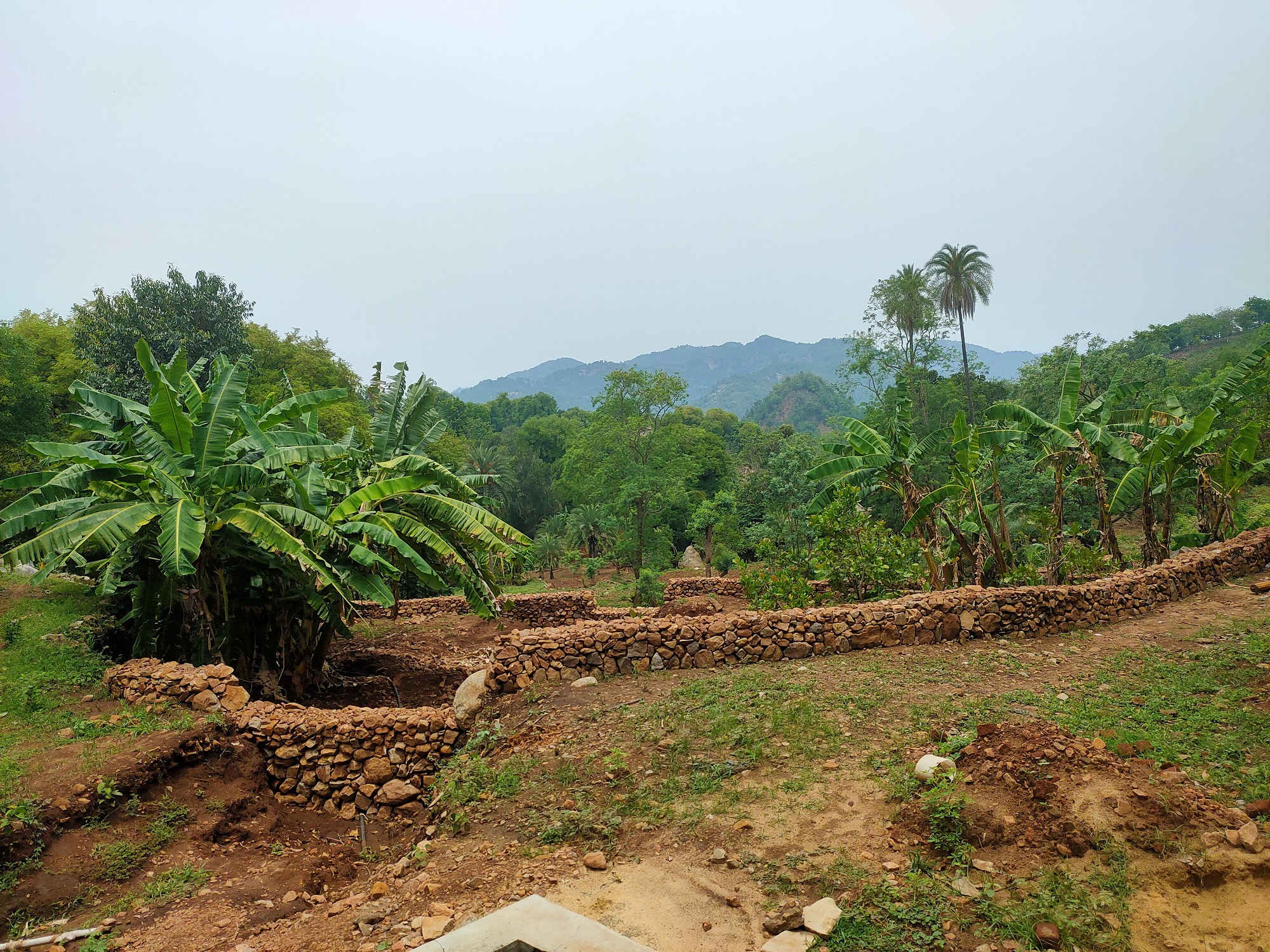


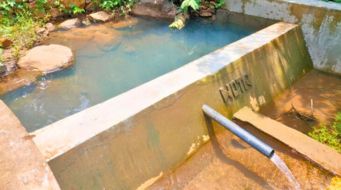
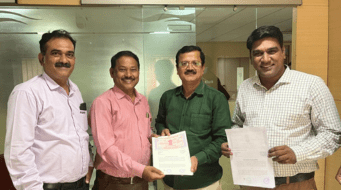



1 thought on “Watershed development a safety net for this remote tribal village in Odisha”
Gone through the blog, wonderful and timely needed work done for Kinteda village people to earn wages and livelihoods. thank you.